Based on materials from cnet.com
After you've removed all the unnecessary things from your device, it's time to organize the rest a bit. And a few tips will help you get a new, uncluttered user experience.
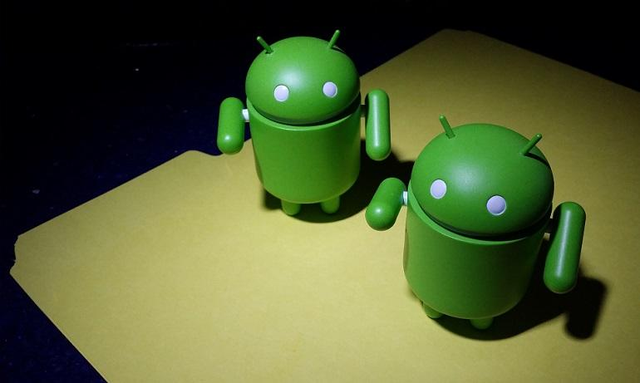
Sometimes 'cleaning' Android a device is more than just deleting files to free up space. Hide apps that you don't plan to use, provide quick access to the ones you need, change the availability of shortcuts – all this can make the use of your smartphone more rational. Below you will find several ways to refresh your smartphone relationship without much difficulty.
1. Hide excess
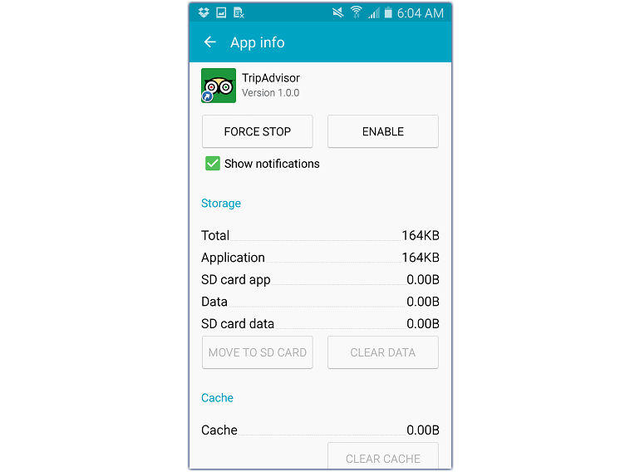
The app info page lets you disable apps you don't use
Before you start organizing the apps you want, it's a good idea to hide the ones you don't use. Press 'Menu', go to settings, and then to the last item, 'General'. There you will see the Application Manager which will allow you to see a list of the applications installed on your device. Please note that you cannot disable all unnecessary applications. For each application that you want to disable (this means that it will not run in the background or appear among your applications), you need to select it and click on the 'Disable' button. Now there will be less fuss with things that you will never use.
2. Change the display settings of your applications
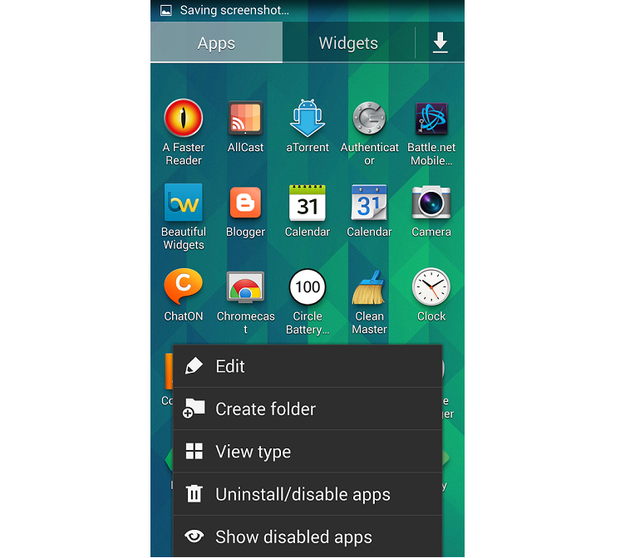
Change the order in which apps are displayed to make them easier to find
Please note: this item is relevant only for users who have not yet received Android 5.0.
When you add or remove applications, and especially if you do so often, your applications become difficult to navigate. This can be further complicated by the fact that they are not displayed in alphabetical order. So we solve the problem. Go to the menu and find the item 'View'. In the menu that appears, choose what suits you best.
3. Create folders for applications
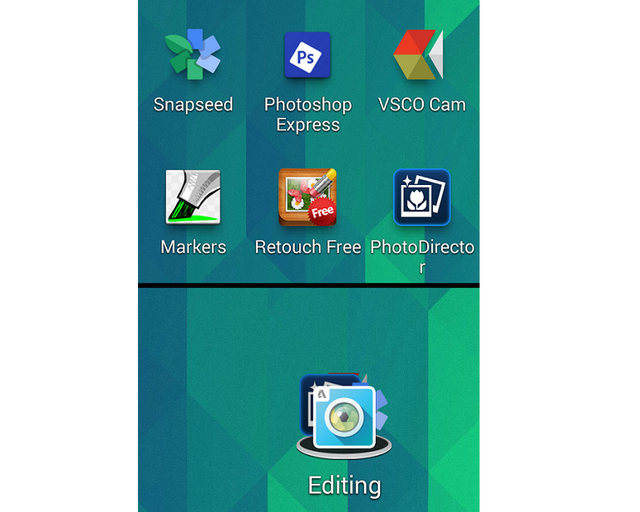
Instead of cluttering application icons on the home screen, neat daddies
If you find that finding apps has become difficult and inconvenient, then you've got a lot of clutter on your home screen (s). In the case of the screen, this is even less convenient than with the general list of applications. So why not try using folders, grouping apps by task type or frequency of use? We create the first folder. Long press on the free space of the home screen – select 'Folder' and give it a name. Now you can pinch and drag applications to the new folder. You can achieve the same effect by placing one application icon on top of another. So it all depends on your version Android, the first method is not suitable for the 'five'.
4. Select icons for quick access
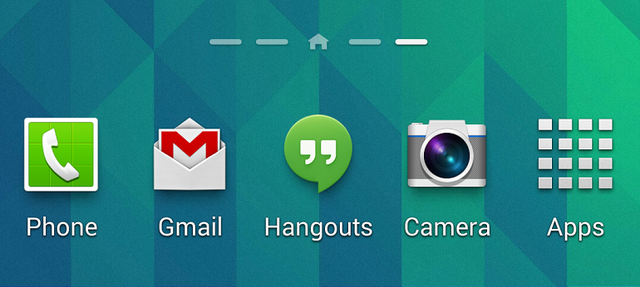
Quick access should have the icons of the applications you need the most
When organizing applications, it is worth choosing which ones are worthy of getting into the quick access bar at the bottom of the screen. It is assumed that these are shortcuts to the most necessary applications, but the default set of these applications may differ from what is convenient for you personally, and this does not correspond to the original idea of this line. So, simply pressing an icon, holding and dragging – and the desired application is already in your quick access. Very simple.
5. Use widgets for the most needed application functions.
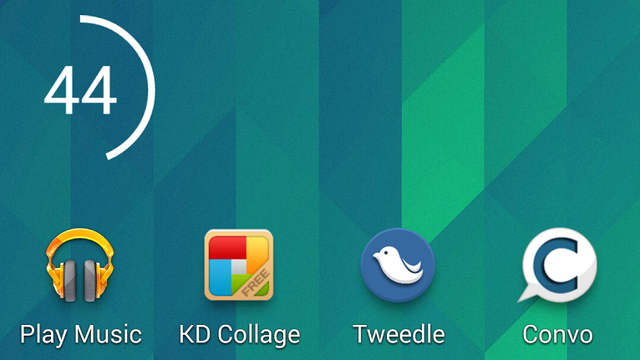
The circular battery widget displays the charge in an elegant way.
It may be inconvenient for you to open the app every time to use some of its functions. This is where widgets come to the rescue. Quickly write down a thought? Inquire about the weather? No problem. See which widgets you already have installed: click on the home screen and select 'Widgets'. To use any of them, perform the already familiar action – hold down and drag to where you want the widget to be displayed. Remember that different widgets take up different areas, so the numbers under their names show the vertical and horizontal size.
6. Sort the icons of the notification panel.
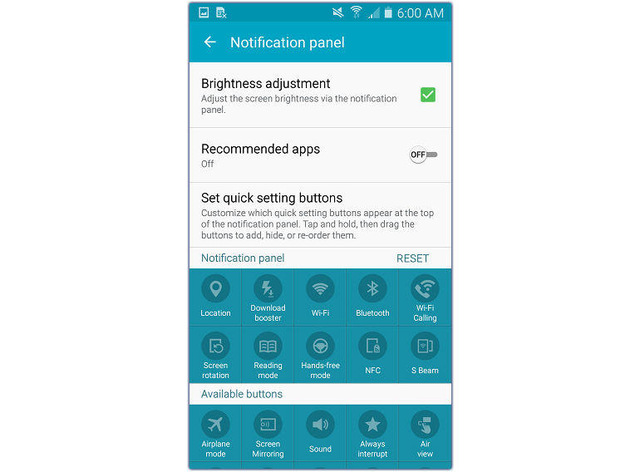
Wi-Fi and GPS icons should always be at hand
Without being directly connected to apps, being able to quickly access Wi-Fi, Bluetooth, GPS and volume from the notification shade is very important. Here's another customization space. Go to 'Settings' – 'Device' – 'Notification Panel'. For older versions Android this will be 'Settings' – 'My device' – 'Display' – 'Notification panel'.
Even using a couple of tips from the proposed ones, you will see how much the convenience of using the device will increase.
How did you start customizing your smartphone for yourself? Share in the comments.
